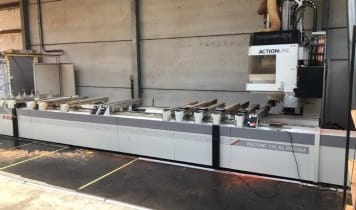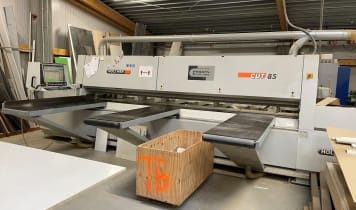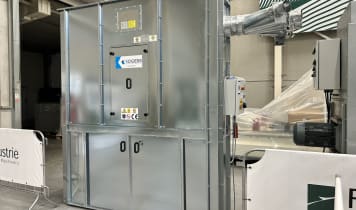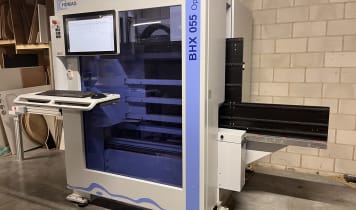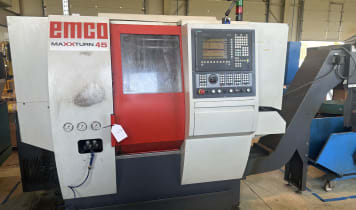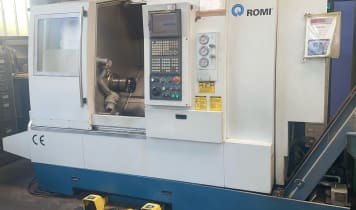- Auctions
- Direct Sales
- All categories
- Metal
- Wood
- Construction
- Sell
Help
EUR


Subscribe to your search with the current filter selection and receive new items by email.

Subscribe to your search with the current filter selection and receive new items by email.
Machinery from insolvencies, company liquidations, closures or modernisation
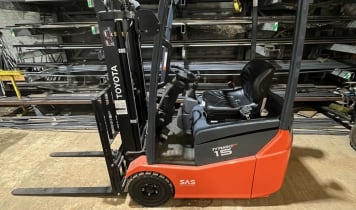
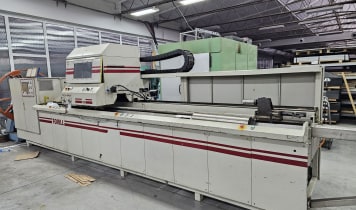


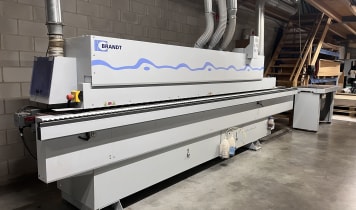
Surplex uses Cookies to provide you with the best possible experience on our website. With your consent to the cookies we can work on presenting you the most relevant web content and continuously improve our services. For more information please see the Privacy Policy.
